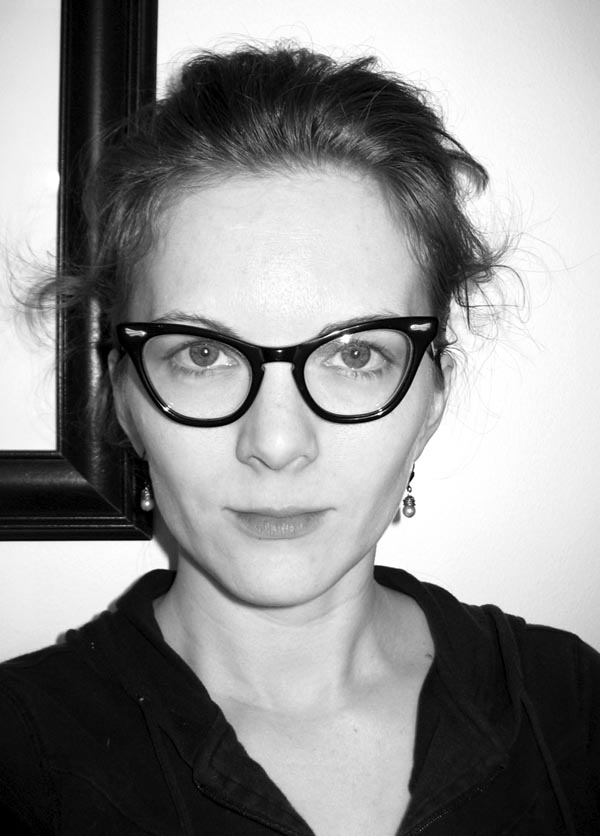I seek a pose amid the aperture of a field. An attempt at measurement, or a press against the catastrophe of the word. To at once live within the singularity and continuity of space. To depart from margins, to feel lived-in, arranged. Not unlike Sontag’s photograph, I am affected by the hesitation between emptiness and erected monuments, am “charmed by the insignificant detail, addicted to incongruity.” A practice of working in the open is an alchemical one. Space encourages the distillation and displacement of the Logos, at once bound and disconnected to the teleological. The field, then, may seek to reconcile intimate and exposed space; openings become mediators and, at the heart of the word transformed, reify. Poet Ronald Johnson, working in the open by means of the practice of erasure, claims that “nature has no nothing.” The emptiness, then, is relevant. Open form poetry allows for the gathering of cosmic debris, and the resulting cosmology is a sequence of corridors, shifting, ever-widening. As Robin Blaser suggests, “You haven’t really got a map. You’re trying to make a world.”
Deleuze writes of surface, claiming that nothing is more fragile. I seek to traverse the periphery of the exterior in search of entry points into that vulnerability, exposing the activity beneath. The poem opened is not surface entire but an integral component of a whole, the resulting discovery initiating a lithe correspondence between the hybridity of phrase and, after Milton, someplace between essence and “perpetual inroads.” Once inside the space of the poem, an imperative is set: to traverse the corridors of discourse between inside and out, between an intimate and public I. Poetry of open form allows the surrounding space to support, distract and invite the Logos in; the poem opens and exposes its soft center, its intimate portico. When we tire of precedence, of the leveling of anatomy or the revelry of the unspectacular, sites of excess can reinvigorate an in/authentic experience; the ‘empty’ positions between words signaling fertility, atmosphere charged, Olson’s “kinetics of the thing.” The poem also becomes body, the link of Olson’s proprioceptive-physiology, and the act of coming to know the body triggers an event—more abundance. The proprioceptive invigorates the surface, Olson’s “senses—the ‘skin’” of the “‘Human Universe’, and the “the body itself” contains “viscera… the old ‘psychology’ of feeling” that contributes to the movement within the space of the poem. His movement comes at “any cost,” elevated by stimuli, arresting “anything, to get the body in.” The process, then, is an act of entering into the duration of a field, of being drawn toward infinity itself and the physiology of ourselves. Writing in the open, resisting the notion of form as rest, can in turn invite a continual crossing of thresholds. Physical openness ends. But the physicality of openness extends.
Wanda O’Connor
on process/ing in the open
3 july, montreal, 20-12

